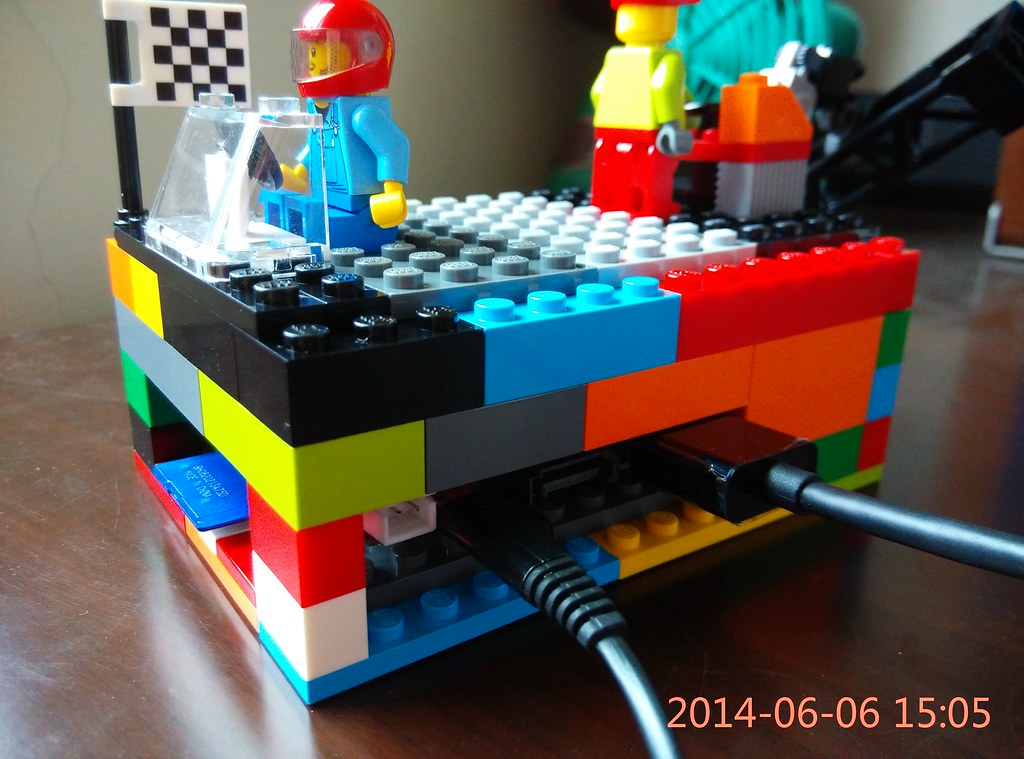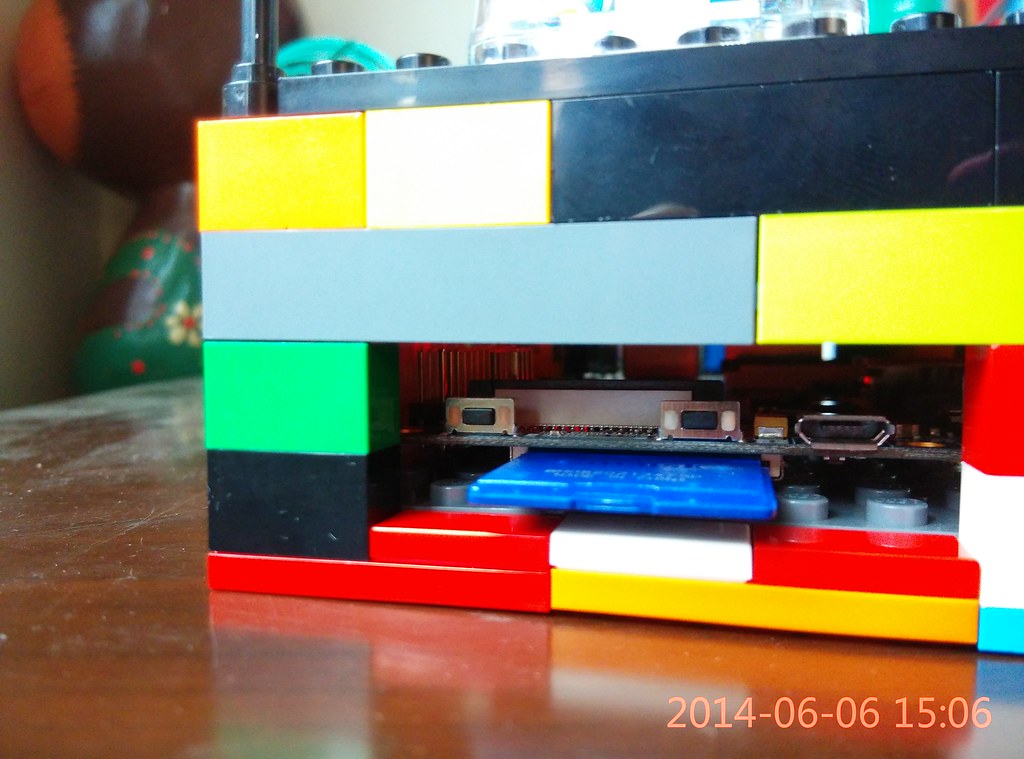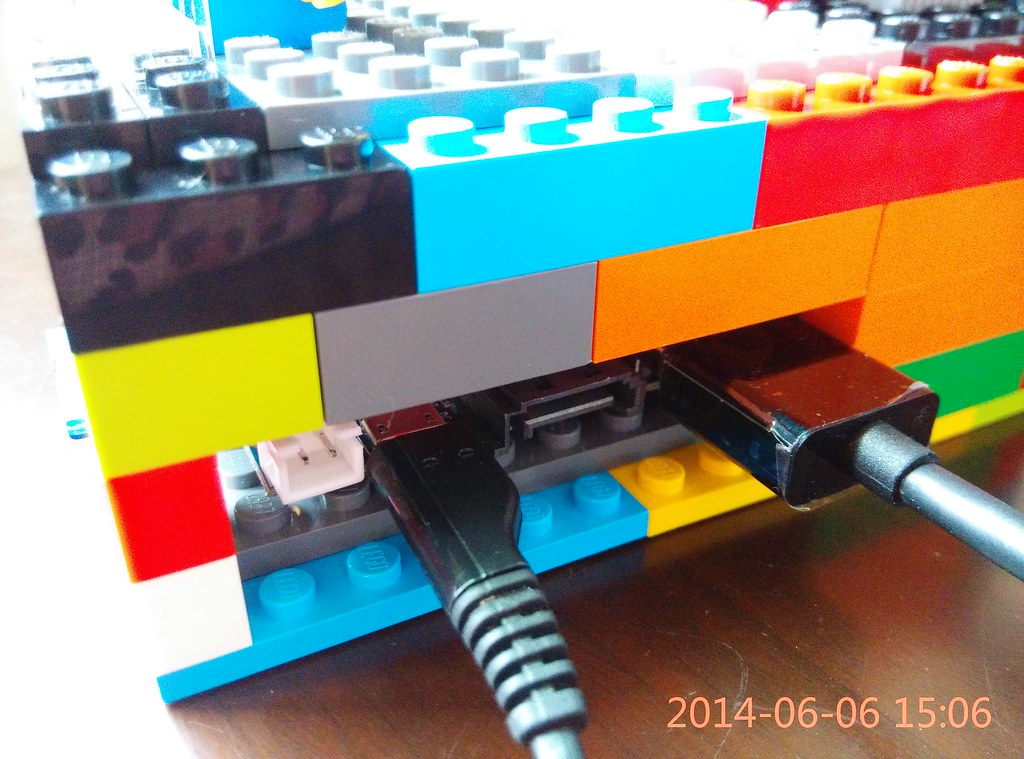My kids and I made a case for Banana Pi. No instructions but a lot of images:



Others can be found at my flickr account: https://www.flickr.com/photos/29086614@N05/sets/72157644625319790/.

My kids and I made a case for Banana Pi. No instructions but a lot of images:



Others can be found at my flickr account: https://www.flickr.com/photos/29086614@N05/sets/72157644625319790/.
I got a Banana Pi. But I havn’t booted it up because of lacking of a free sdcard.
If you guys interest in it, please find more information at http://www.lemaker.org/.
It has an IR receiver(I think), sata port, more cpu, and more memory in compare to Raspberry Pi.
The Kitkat for Samsung Galaxy Note 8.0 had released at April 30th, 2014. We may find it at http://samsung-updates.com/device/?id=GT-N5100.
It almost has all languages in this ROM. After intalled, the device runs more smooth than before. Let’s rock and roll.
This is a famous problem in computer world. It is originated from the IEEE 754 spec and binary system. Let’s see the problem at JavaScript:
var a = 0.2 + 0.4;
console.log(a);
In most browser, we may have the value 0.600…0001. It is very anonying when we want to show a value with decimal point. There are a lot of methods to deal with it. We focus on round and parseFloat:
Math.round(a * 10) / 10
parseFloat(a.toFixed(1))
I believe that you will say method 1 has high performance. But how faster it has?
Please see the result here: http://jsperf.com/round-vs-tofix-parsefloat
EventEmitter vs Firefox OS’s Camera evt.js
http://jsperf.com/eventemitter-vs-camera-evt-js
// updated version =>
EventEmitter vs Firefox OS’s Camera evt.js vs Firefox OS’s Clock emitter.js